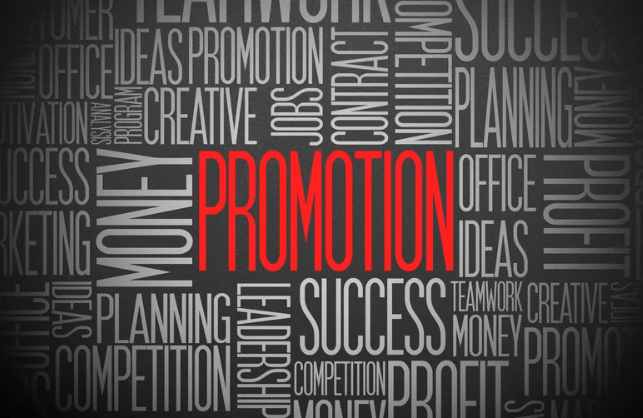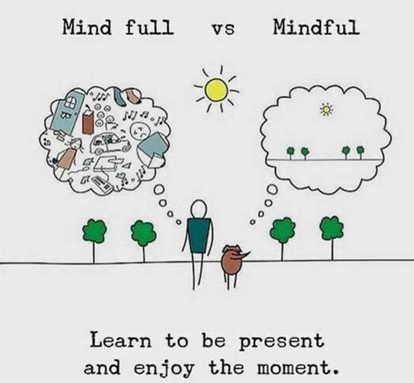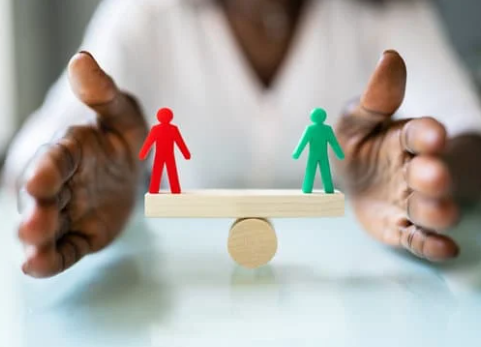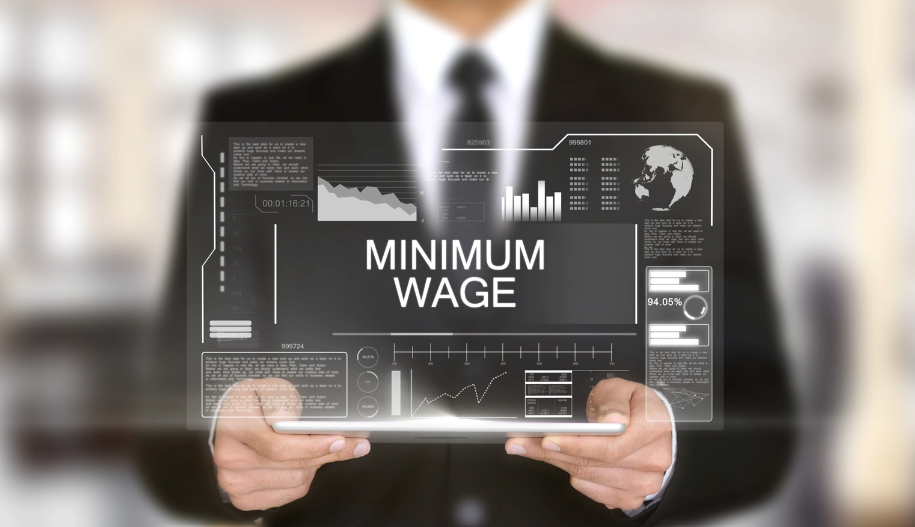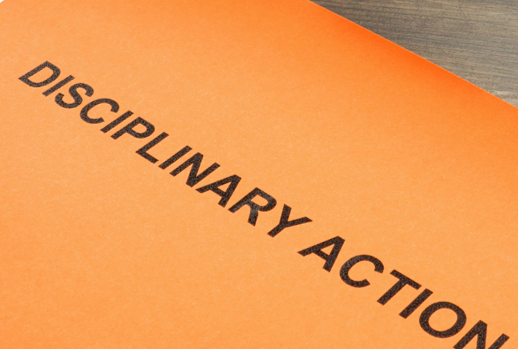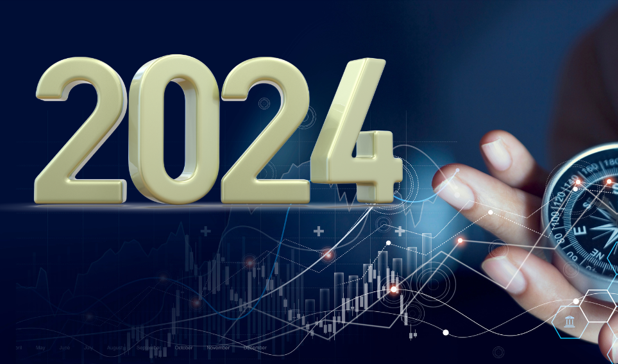
It’s Not What Happens to You, It’s How You Interpret and Respond to It

It’s Not What Happens to You, It’s How You Interpret and Respond to It
In the vast expanse of the business world, organizations are akin to ships navigating the same stormy seas of change. They are exposed to the same prevailing macro-environment: identical technologies, similar talent pools, and an equivalent economic context. Yet, amidst these shared circumstances, some emerge as beneficiaries of change, while others become casualties. The question arises: why this dichotomy?
The Tale of Two Outcomes
Consider the case studies of Ster Kinekor and Ellies. Their stories echo the narratives of numerous organizations that have succumbed to the tides of transformation. A cursory glance at social media comments reveals a pattern of downfall: a dearth of innovation, subpar decision-making, procrastination in facing the inevitable, a resistance to embrace new operational models, and burdensome costs. These are not isolated incidents but part of a broader trend.
The Three Pillars of Sustainable Business Design
Sustainable business design rests on three non-negotiable pillars: feasibility, viability, and desirability. These are the cornerstones that determine whether an organization will sail or sink.
Feasibility: The Realm of Possibility
Feasibility is the foundation. It asks the question: Can we do this? It’s about assessing whether the organization has the capability to deliver what it intends to. This encompasses technology, resources, and operational capacity.
Viability: The Economic Justification
Viability scrutinizes the economic aspect: Will this be profitable? It’s a measure of the business model’s ability to generate revenue over costs, ensuring long-term financial health and growth.
Desirability: The Human Connection
Desirability is the bridge to the customer’s heart. It answers: Do people want this? This dimension focuses on understanding customer needs and creating value propositions that resonate with the market.
The Interpretation and Response
It’s not the storm but the sail that determines the direction. Organizations that interpret change as an opportunity and respond with agility and innovation position themselves as beneficiaries. They adapt their sails—business strategies—to harness the winds of change. In contrast, those that view change as a threat often find themselves paralyzed by indecision or clinging to outdated models, ultimately becoming casualties.
Conclusion
In the end, it’s the interpretation of and response to the external environment that sets organizations apart. Those that align their operations with the principles of feasibility, viability, and desirability not only survive but thrive. They turn challenges into stepping stones, leading the way in a world where change is the only constant.
This draft article provides a perspective on why some organizations succeed while others fail in the face of change, emphasizing the importance of sustainable business design and the critical factors that underpin it. Remember, it’s not what happens to you in the business world; it’s how you interpret and respond to it that truly matters.


























